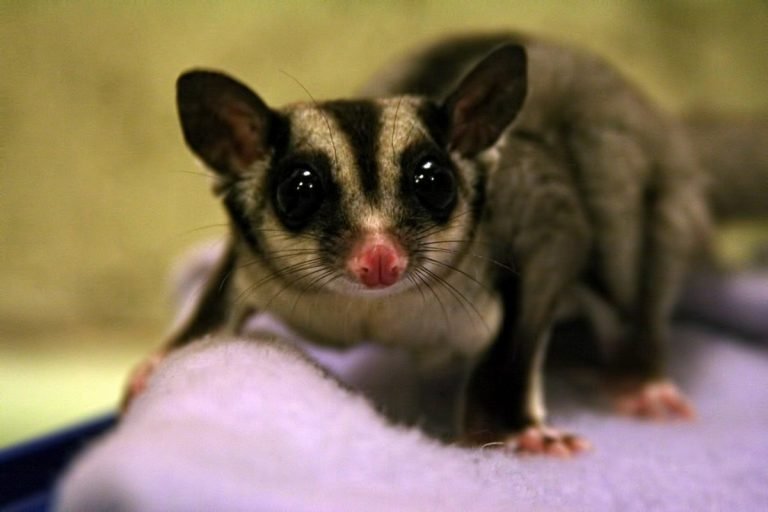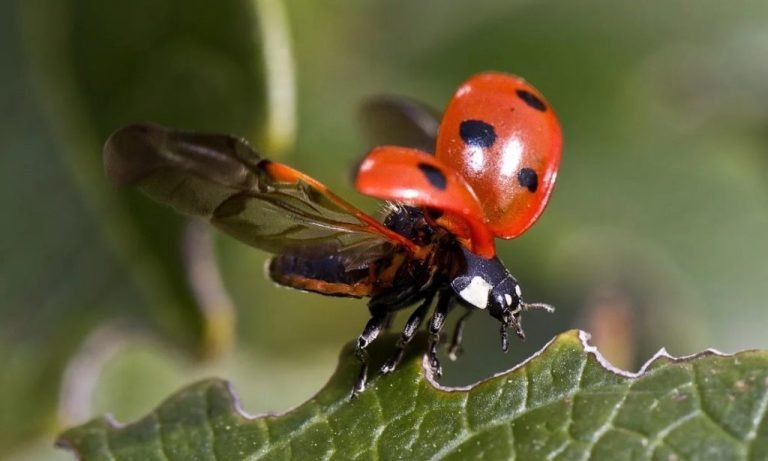Why Are Sugar Gliders Illegal In California
Why Are Sugar Gliders Illegal in California?
Sugar gliders (Petaurus breviceps) are incredibly adorable and captivating creatures. These small, nocturnal marsupials are native to the forests of Australia, Indonesia, and Papua New Guinea. With their big eyes, bushy tails, and gliding abilities, they have become popular pets around the world. However, if you live in California, you’ll be disappointed to know that sugar gliders are illegal to own as pets in the state. But why is that?
1. Wildlife Control and Conservation
One of the primary reasons sugar gliders are illegal in California is due to concerns about wildlife control and conservation. The state has strict regulations in place to protect its native flora and fauna. California is known for its delicate ecosystems and unique biodiversity, and introducing non-native species can have devastating consequences. Sugar gliders, as exotic pets, have the potential to escape or be released into the wild, disrupting natural habitats and outcompeting native species for resources.
2. Disease Transmission
Another reason for sugar gliders’ illegality in California is the concern over disease transmission. Sugar gliders can carry various parasites and pathogens that may pose a risk to human and animal health. Zoonotic diseases, which can be transmitted from animals to humans, are a major concern. Even if the sugar gliders themselves are not directly harmful, they can serve as hosts for parasites and diseases that can be transmitted to other wildlife or domestic animals.
3. Ethical Concerns
The ethical implications of owning sugar gliders as pets also come into play. These tiny creatures have highly specialized needs, both physical and social. They require large cages with ample climbing structures, a specific diet, and social interaction with their own kind. Meeting their needs adequately can be challenging, especially for inexperienced or careless owners. Consequently, there is a risk of inadequate care and neglect, which can compromise the welfare of these animals.
4. Exotic Animal Trade
Sugar gliders have become increasingly popular as exotic pets, leading to a rise in their demand. The exotic pet trade, unfortunately, often involves illegal trafficking and the exploitation of endangered species. While sugar gliders are not endangered, the demand for them contributes to the overall demand for exotic pets, perpetuating the cycle of illegal capturing and trading of wildlife. Banning the ownership of sugar gliders helps discourage the exotic pet trade and its associated unethical practices.
5. Legislative Decisions
The decision to ban sugar gliders as pets in California is not arbitrary. It is a result of careful consideration by lawmakers, wildlife officials, and animal welfare organizations to protect the state’s ecosystems and ensure the well-being of animals. These decisions are influenced by scientific research, expert opinions, and the desire to maintain a harmonious balance between humans, animals, and the environment.
Frequently Asked Questions
1: Can sugar gliders be owned as pets in other states?
Yes, sugar gliders can be owned as pets in many states across the United States. However, it’s essential to check the specific laws and regulations of your state before getting a sugar glider as a pet. Some states may require permits or have restrictions on ownership.
2: Are there any alternatives to owning a pet sugar glider in California?
Yes, if you live in California and are interested in owning a pet with similar traits to sugar gliders, there are alternative options. Look into species that are legal to own in the state, such as flying squirrels or some species of tree-dwelling rodents. Always prioritize adopting from reputable breeders or rescues.
3: What should I do if I find a sugar glider in the wild in California?
If you come across a sugar glider in the wild in California, it’s crucial not to attempt to capture or handle it. Contact your local wildlife authorities or animal control for guidance. They can safely handle the situation and relocate the sugar glider to its appropriate habitat if necessary.
Final Thoughts
While it may be disappointing for some to learn that sugar gliders are illegal in California, the ban serves a purpose. It is designed to protect the state’s biodiversity, prevent the spread of diseases, and discourage the unethical exotic pet trade. By respecting these regulations, we can ensure the well-being of sugar gliders and preserve the delicate balance of our ecosystems.







